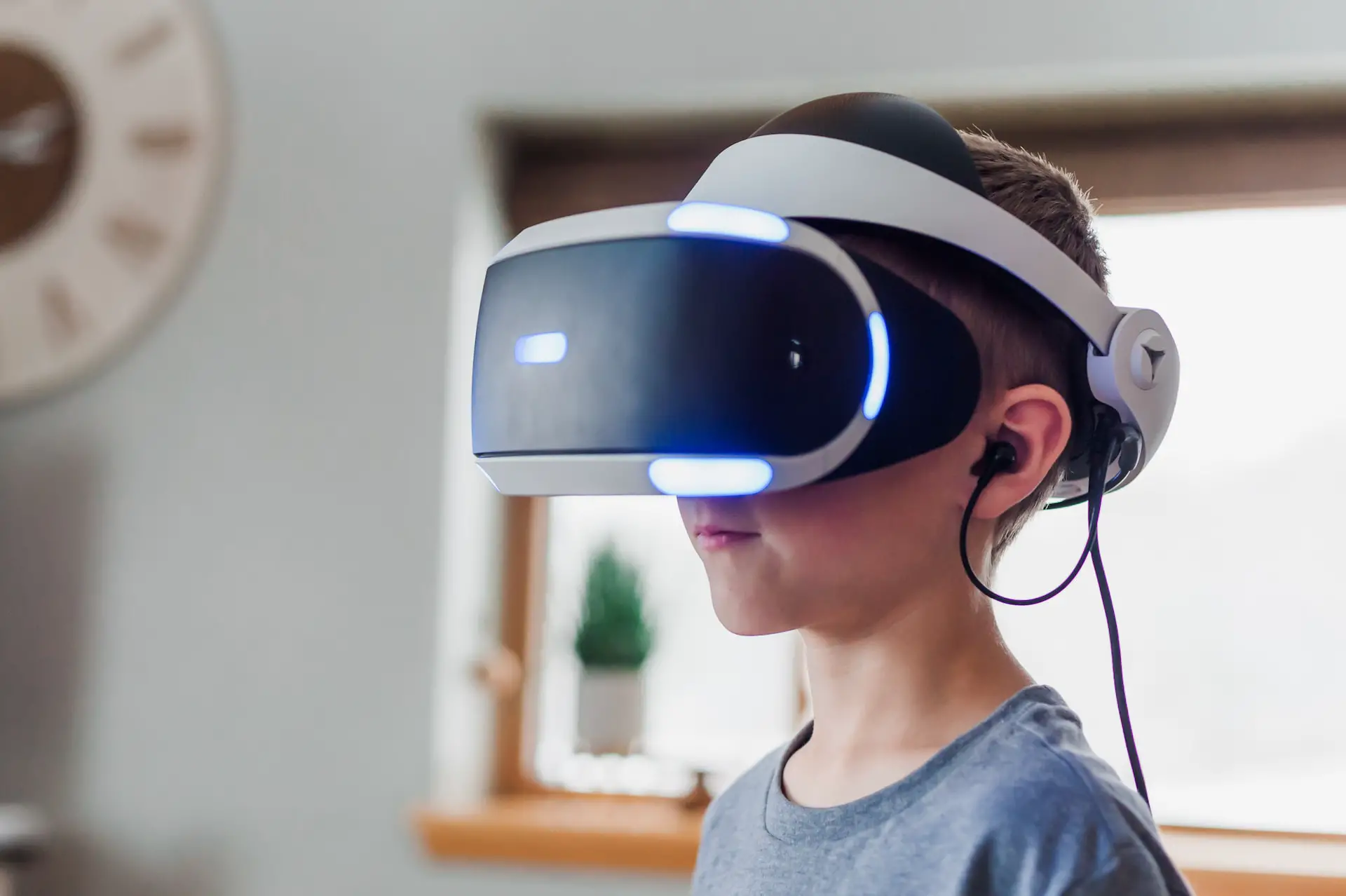Even before motion pictures included the sound of dialogue, they included music. From live orchestras to countless inventions until audio could be imprinted on film, everyone involved in entertainment understood the importance of sound to create engagement via drama, tension, humor, and romance.
Nowadays, Star Wars is just as associated with composer John Williams as it is with George Lucas. Video games, like the Red Dead Redemption series, employed countless hours perfecting a host of sounds, from directional commentary to the sound of streams bubbling.
In 2D content, sound rightfully takes an equitable place next to the video. Unfortunately, that has yet to translate to virtual reality, where everyone from the media to developers prioritizes visuals while giving audio less attention. When you read about new headsets, reviewers focus predominantly on the resolution, field of view, refresh rate, or pixel count without much mention of the quality of the speakers which come with the headset, if any.
Virtual reality is just that: a simulation of our reality, which includes sights, sounds, smells, tastes, and touch. While we’re likely years away from identifying virtual ways to create taste and in the early days of touch and smell, a robust visual-auditory experience is well within reach. We just need a greater dedication to audio.
When a developer gets the balance of graphics and audio right, the experience is transformative. For example, Vader Immortal features a training session highlighted in the original Star Wars movie, where an orb darts around and shoots lasers that Luke Skywalker must block with his lightsaber. In this VR experience, the orb can move offscreen, and you can only track it by looking around based on the sound it emits. This spatialization of the orb sound contributes to increased presence in the game and, as a result, improved engagement.
Here are four reasons why VR audio needs to be prioritized:
Expand the universe of what VR can become
With poor or average sound quality, developers lean into highly visual approaches. But think of the realism that could be created if they utilized more subtle sounds to convey an immersive experience, like pebbles skipping across a pond or the roar of thunder in the distance.
VR movies will not be successful without high-quality audio
As discussed above, audio has always been a huge component of the film-going experience. There’s a reason certain movies just have to be seen in theaters: the perfect mix of pristine visuals and massive, all-encompassing audio cues. Bringing that experience to VR and enhancing it so that people will prefer strapping on a headset for a new release over going to the theater heavily depends on audio fidelity.
The importance of audio in training and education
VR is not just about games; virtual reality training is gaining popularity in various fields. This will lack engagement, however, without the right dedication to audio. These types of experiences require accurate environmental sounds and spatialized audio sources to enhance the sense of presence and, as a result, improve efficiency and effectiveness in learning new tasks or knowledge. Physicians will need to hear the beeping of alerts from the overhead monitor, auto repairmen will need to hear the subtleties of a working engine to know what needs to be fixed, and emergency responders will need to know where shouts are coming from to know who to help next. They won’t be prepared for the real world if the sound quality is too far removed from reality.
The concert VR experience won’t wait
Bands have known for years that streaming income is not nearly enough. The days of becoming rich by selling millions of albums are long gone. Online concerts are the future, and more savvy bands are leaning into how technology can create virtual concerts, so they can serve more fans. Meta’s Horizon World has a Venues platform where it has and will continue to stream VR concerts. Live music is one perfect example where audio is the primary driver and visuals are secondary. Musicians, especially those incredibly opinionated about audio quality, won’t invest in this medium if audio takes a backseat to the rest of the experience.
There are clear reasons for the VR industry to embrace audio. The good news is that it is not too late for VR developers to follow audio best practices (such as thinking about audio early in the development cycle and using the right spatializer for their project). But ultimately, for the good of the future of VR, all stakeholders must rededicate themselves to placing audio on the same level of importance as visuals.
Follow us on Linkedin.
Read other Articles
Author: Raghu Bathina, CEO and Co-Founder, Conquest VR





